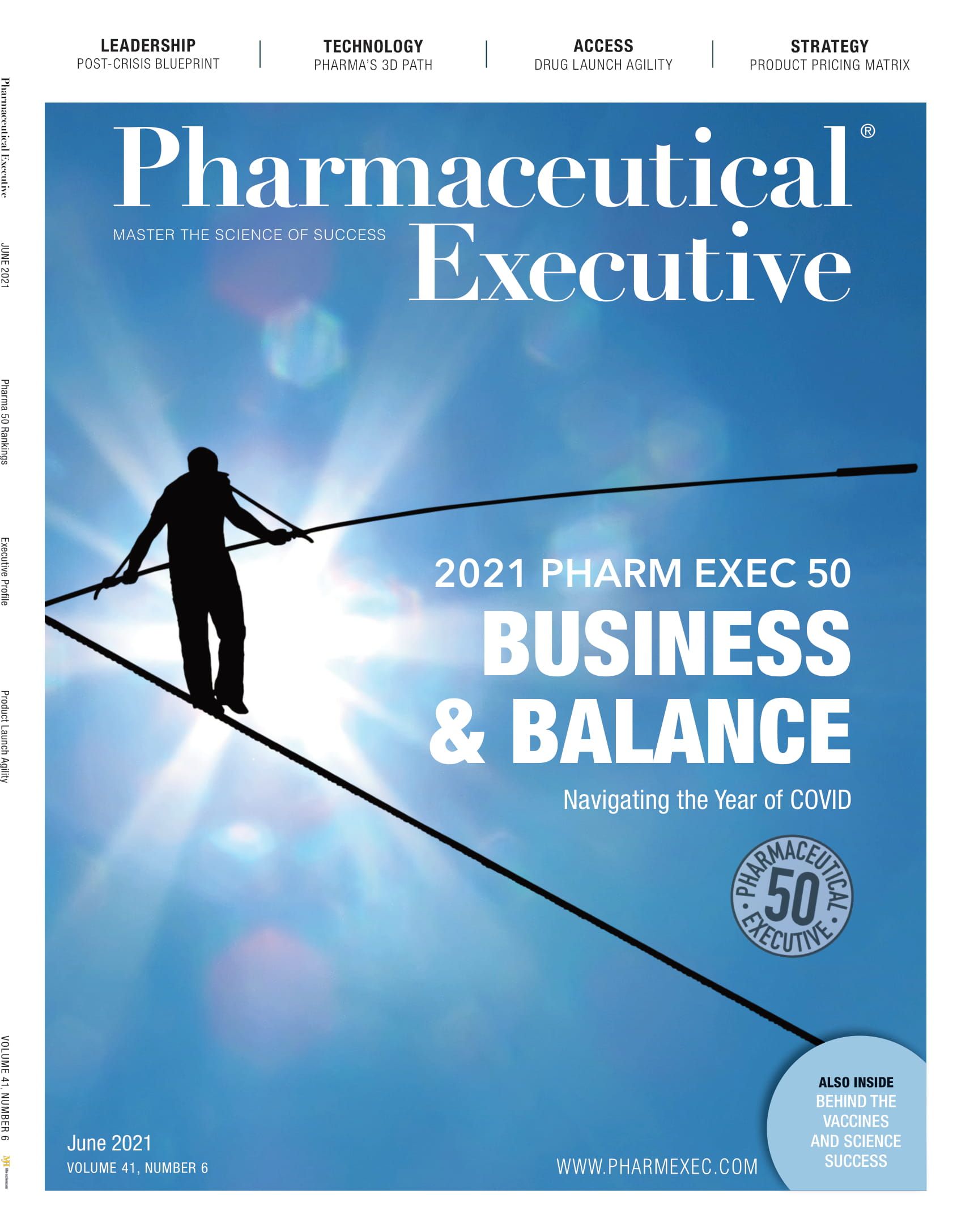- Sustainability
- DE&I
- Pandemic
- Finance
- Legal
- Technology
- Regulatory
- Global
- Pricing
- Strategy
- R&D/Clinical Trials
- Opinion
- Executive Roundtable
- Sales & Marketing
- Executive Profiles
- Leadership
- Market Access
- Patient Engagement
- Supply Chain
- Industry Trends
Bringing a European Focus to Drug Import Vulnerabilities
Pandemic triggers urgency around supply chain initiatives.
The COVID-19 pandemic has shaken up virtually everyone everywhere, and in Europe it has triggered radical reflections that would have been inconceivable only a couple of years ago. In healthcare specifically, it has catalyzed thinking about a bigger role for the EU in a field until now considered the sacrosanct preserve of national governments. The sense of urgency generated by the pandemic has shifted slowly-maturing programs into overdrive, and prompted the creation of entirely new projects ranging from focused regulatory reform to the establishment of entirely new agencies devoted to healthcare innovation.
Among the many initiatives now transforming the customarily sedate world of European health policy, an unprecedented examination of active pharmaceutical ingredient (API) production is underway in a bid to avoid Europe’s dependency on drug imports—and to avert the consequent shortages—that the pandemic exposed. A detailed analysis of API production and trade flows as a prelude to action to remedy severe strain and disruption of products that it considers “particularly critical for society.”
“The mapping indicates for a range of APIs that they are concentrated in a few sourcing countries, with little potential for substitution with domestic production as the EU produces different products compared to the ones imported,” says the European Commission’s analysis. In addition, the pandemic “showed that the EU lacked effective mechanisms and structures to monitor demand and supply of critical medical countermeasures.”
The analysis ranges from the self-evident to the arcane, via a lengthy text amply illustrated by a plethora of graphics and tables. “The pharmaceutical supply chain has a very complex structure” making it “one of the most integrated supply chains in the world,” it observes, setting out in some detail the basics of drug manufacture, finishing, distribution, and marketing. It goes on to highlight areas of import dependency and supply vulnerability, and the consequent vulnerability to trade disputes and to cyberattacks that could disrupt its high level of digitized R&D, capital intensity, and exposure to data flows—in addition to the challenges posed by “uncoordinated stockpiling,” site closures, export restrictions, disruptions in logistics, or non-compliance with good manufacturing practices.
The analysis details the regional concentration in generic API production in Asia-Pacific and Europe, and India’s reliance on Chinese imports for 70% of the APIs it needs. The report points to the aggravated risks of dependency from the cost-driven cessation of EU production of some medicines, resulting in nearly a fifth of commonly demanded APIs without any European production at all. And for half the APIs required by the EU market, there are very few manufacturers—as few as five, and for some only a single producer. European API production is further challenged by tough environmental standards and high energy costs.
Against this background, the Commission says the first priority is to improve the EU’s information base, describing its review so far as merely “a starting point.” It is not clear how far the EU is currently reliant on capacities beyond its borders, so “it is essential to determine critical products, relevant from the point of view of public health, for which the EU does not have sufficient capacity to produce,” the Commission insists, noting that “further analysis would be needed.” This should then feed into measures to strengthen the resilience of EU pharmaceutical supply chains. It holds out great hopes for the structured dialogue initiative it has started with public and private actors of the pharmaceutical supply chain. Then, equipped with a better understanding of the current situation, the Commission will, it says, “consider possible solutions to address issues identified.”
The Commission’s rather vague and cautious commitments to the next steps in this process look paler still against the more ambitious—and colorful—suggestions already making their way into the EU debate. EU leaders at their summit meeting last October were already urging rapid responses to “this difficult situation,” and they explicitly invited the Commission to develop measures “to reduce these dependencies, including by diversifying production and supply chains, ensuring strategic stockpiling, as well as fostering production and investment in Europe”—including through “a regulatory environment and state aid framework that are conducive to innovation.” From the European Parliament the bids are even more ambitious, ranging from tougher controls on drug firms to the establishment of state-owned drug manufacturers and the repatriation of production facilities back to Europe from the Far East.
Reflector is Pharmaceutical Executive’s correspondent in Brussels

IMF Chief Medical Officer Discusses Global Initiatives to Improve Myeloma Treatment
August 20th 2024In an interview with Pharm Exec Associate Editor Don Tracy, Joseph Mikhael, chief medical officer, IMF, offers a glimpse at multiple initiatives that the IMF is working towards to improve myeloma treatment globally.
